A product is a thing created by the effort of a person or company that is offered for sale. This definition of a product also encompasses concepts, designs, drawings, patents, and any information required for its development.
The term “product development” refers to the process of generating this information and making it available to consumers so they can purchase our creations. The final result comes in a product, which is physical or non-physical.
Five main tools are used during this development process: sketches, technical drawings, prototypes, mockups, and models. Each one has specific purposes within the sequence that leads to success. Doing an effective job with each of them allows for a product to be what the customer wants while maintaining good profitability margins.
Sketches
Sketches are generally done by hand on paper or whiteboards. They make initial concepts visible and presentable. this is before moving towards executing more expensive elaborative steps.
All existing ideas are presented here at any stage during development. Sketches allow exploring creative process, and hence, new ideas for improvements can arise.
Once you make a sketch, present it to the client and ask for feedback. From their point of view, presentable sketches are helpful. Clients don’t understand code. Designers and developers might require additional details to work with.
Therefore, presenting your sketched concept lets them absorb the information better than just explaining its functionality.
Sketches are also great to test if an idea will work in real life. With tools like Sketch Mirror, you can share those sketches as an interactive prototype on any device or as a demo video.
This helps to continuously validate ideas before fleshing them out into high-fidelity mockups. Mockups require more effort from both designer and developer.
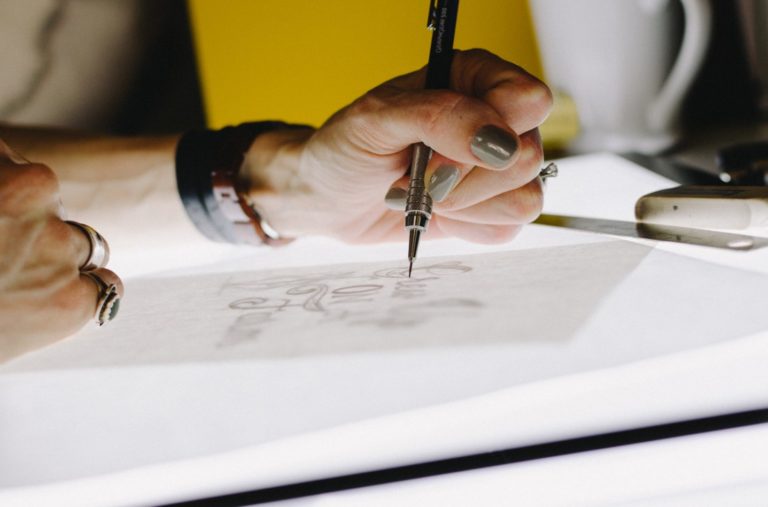
Technical drawings
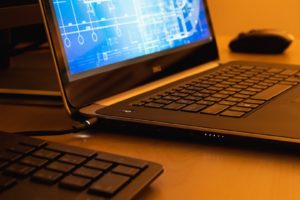
These are used after sketches are developed and optimized. This tool is used to communicate ideas and requirements with other members of the product development team and external suppliers.
Technical drawings must contain all necessary information about a concept before moving towards production.
This is an important step because production without the necessary information means higher development costs, sub-optimal quality of the final product, and higher material costs. The main purpose of technical drawings is to represent all essential elements in the development process. Technical drawings contain plan views, sectional views, exploded views, orthographic projections, or any combination of these views to convey depth and dimensional relationships required by a design solution.
Prototypes
The purpose of prototypes is to ensure that the product works as intended by simulating its most important features.
In essence, they allow for changes before the final design is produced. Prototypes are often created based on technical drawings since they already contain most of the required information. This step is also very useful for marketing purposes since a physical product enhances the customer experience.
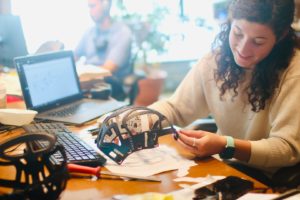
In addition, the earlier prototypes are created in the design process, the more likely it is that additional features or changes are implemented. When creating a prototype create many different versions of the product and test them extensively to see which one works best. Take an existing product and adapt it to fit your needs.
Create Different Versions
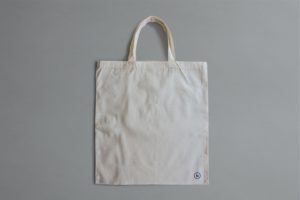
Creating variants of the same product is usually better for projects at an earlier stage in the development process. It is unnecessary to start from scratch if you have a good idea about what works and what doesn’t.
Also, since so many variables are involved when making a new product, it’s very difficult to predict how everything will work out without actually trying it out firsthand.
To create your prototype, you can use whatever materials are available or affordable. Using simple construction materials lets you see if your design is feasible before investing too much time into something that might not work as intended.
Don’t forget that prototypes are representations of what you want to develop further. They are not perfect. There are always some changes. So, if you invest a lot of time and money trying to get all of the details right from the start, you might not have enough resources available to make changes when necessary.
The whole point of creating a prototype is to test it out. It’s easier and more cost-efficient to find out what works well with your product before everything has been created.
Once your design is complete, you can’t easily go back and spend additional time on anything that didn’t work as expected. While creating physical prototypes may seem like an expensive process, it can save you significant amounts of time and money in the long run if done correctly.
Mockups
Mockups are used as an extension of prototypes for marketing purposes. Their purpose is to provide our customers with a feel for the final product or visualize aspects that cannot easily be reproduced using a prototype.
Mockups are usually done on computer-aided design (CAD) software programs. Due to safety concerns or practical reasons, they are very useful when presented in large events where people can’t touch or hold them.
Once again, these tools make it possible for new ideas and concepts to arise before production starts.
Models
These are similar to prototypes, but they allow more freedom regarding changes since they have to meet the market’s reality and are more expensive. They are used for marketing purposes or presentations at conventions, congresses, or any other type of gathering where this type of tool is necessary. Each one has its purpose within the sequence that leads to success.
Takeaway
Product development is an important step in bringing a new product to the market. By understanding the different available tools, you can make the most informed decision about which tool will work best for your product.
The tools here are essential for product development success. Therefore, it is important to understand the different product development tools and how they are used to create a successful product. Peterman Design Firm can further talk to you about these tools and the processes needed for product development.
Your Next Steps
Related Conscious Design BLOG Posts
2 Tools you Should use with Your Developer
When working with a product developer, there are two types of programs you should be familiar with. While there are many options for each one,
Top 5 Ways to Maximize your Developers Potential
These are the top 5 things that have made projects easier to accomplish and more successful. Make sure you have these with your project to be as successful as possible.
Market Research – 3 Ways to Get It
Market Research is something that everyone should get when launching a new product. As we’ve talked about before in 5 Tips for Market Research &

